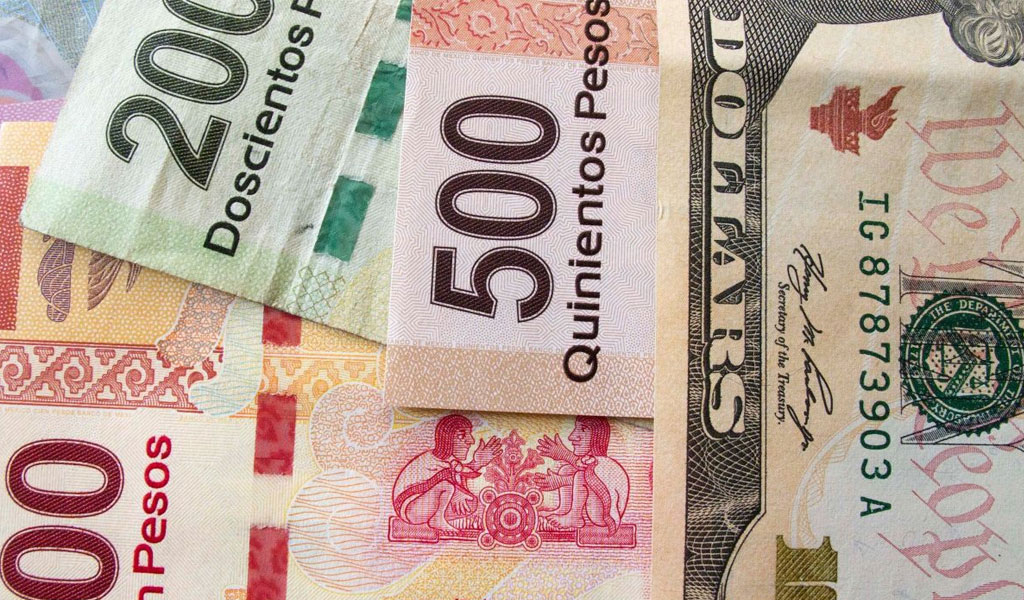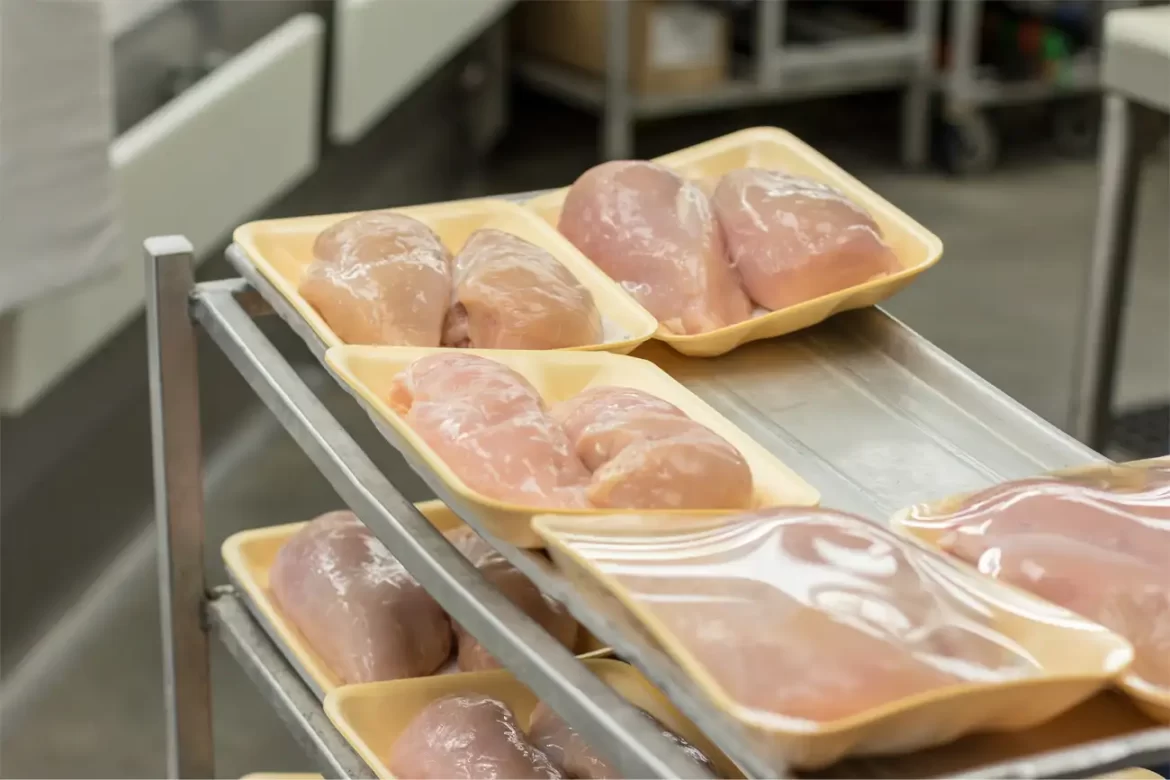Mexico City, September 19, 2016. The significant drop recorded by the Peso in regards to the US Dollar exchange rate, is impacting production costs of the Mexican Poultry Industry, indicated Cesar Quesada Macias, President of the Unión Nacional de Avicultores (UNA).
Last week the exchange rate reached $19.60 pesos per US Dollar –a rate close to $20.00– even though it is understood that the economy is at a highly-volatile moment, the effect this is having on different production activities, as poultry production, is not gratifying.
As part of an analysis conducted by the Unión Nacional de Avicultores, from August, 2013 to August, 2016, the impact of the exchange rate was reviewed –the exchange rate went from $12.90 to $18.46, which means an increase of 43.11 per cent.
“This increase of the exchange rate negatively impacts the poultry industry, and producers have not transferred this higher cost to the selling price”, he explained.
There are grounds for this concern since 65% of the chicken and egg production costs are set in dollars, he added.
The deterioration of the peso vis-à-vis the US Dollar is a factor that may lead to lack of competitiveness for the Mexican poultry industry, Quesada Macias concluded.



